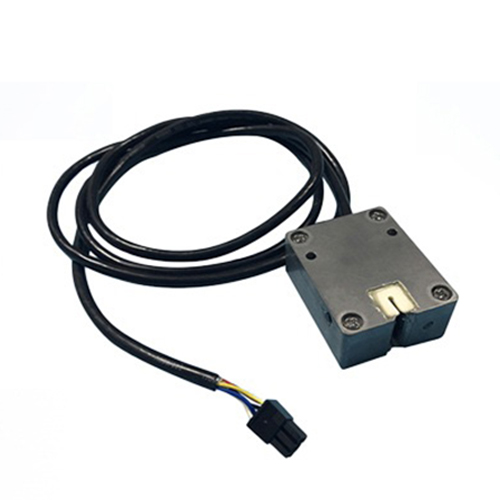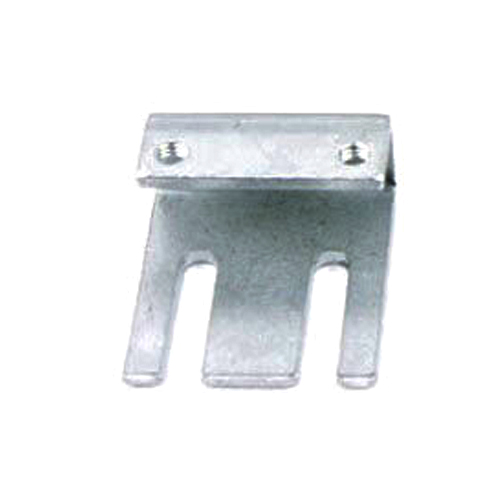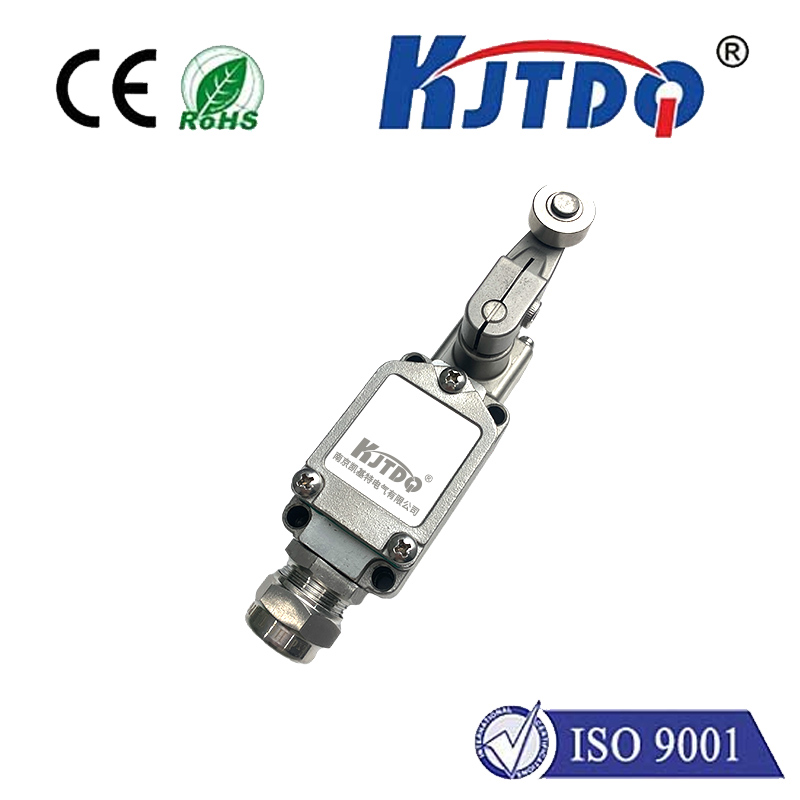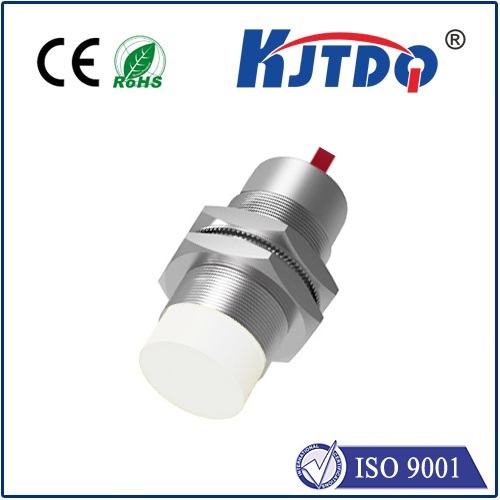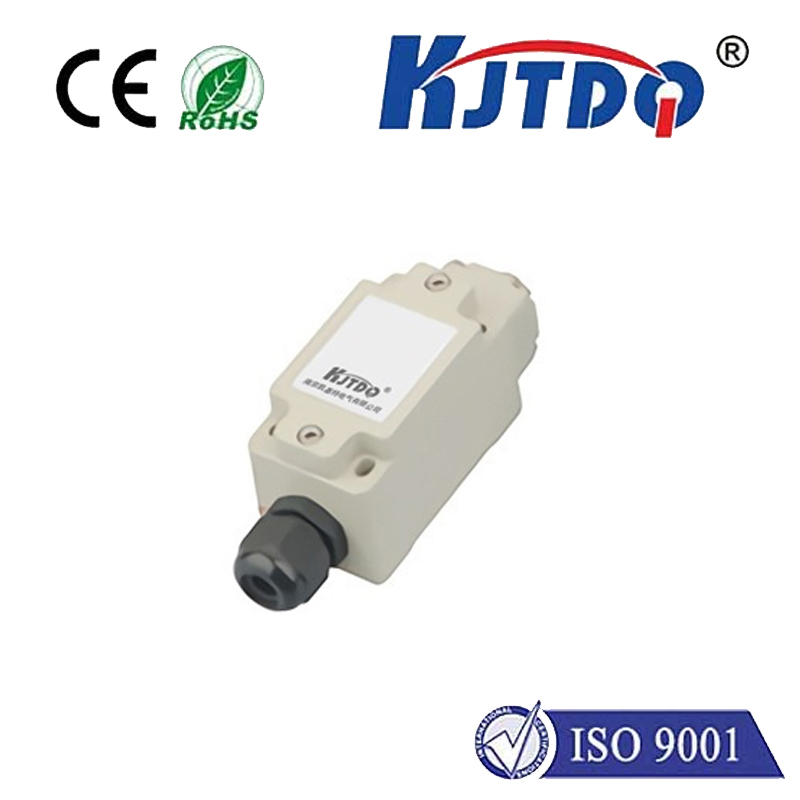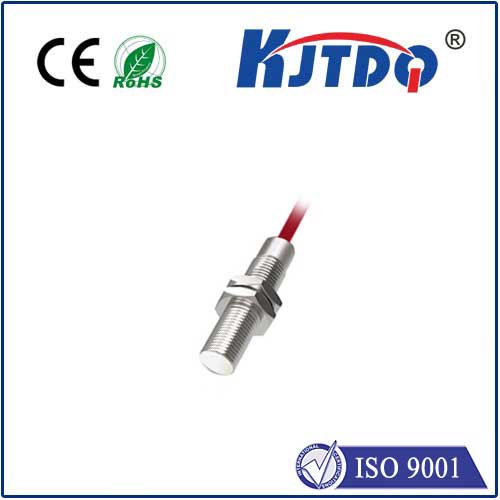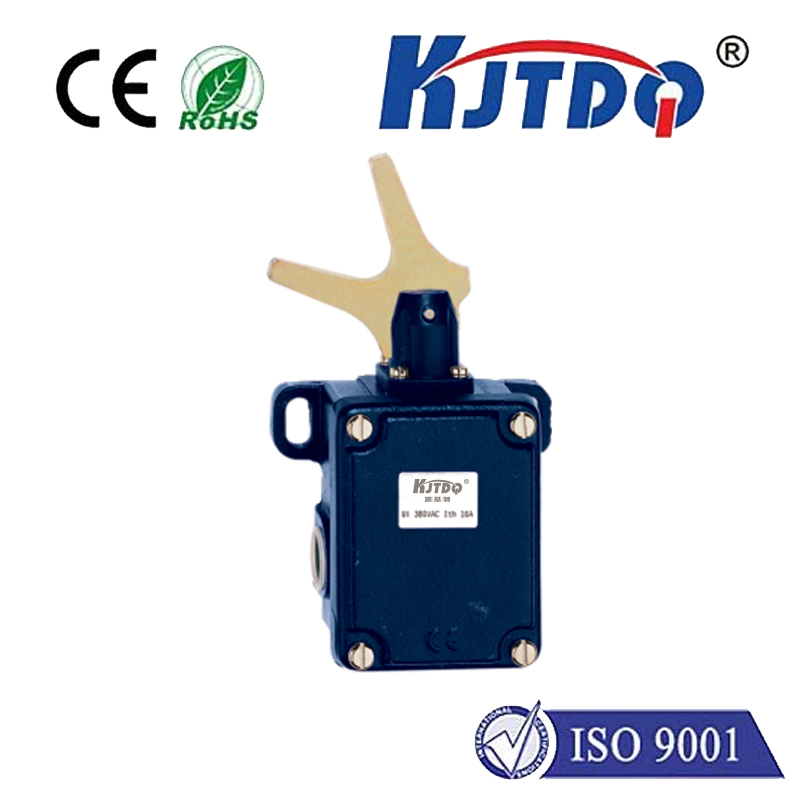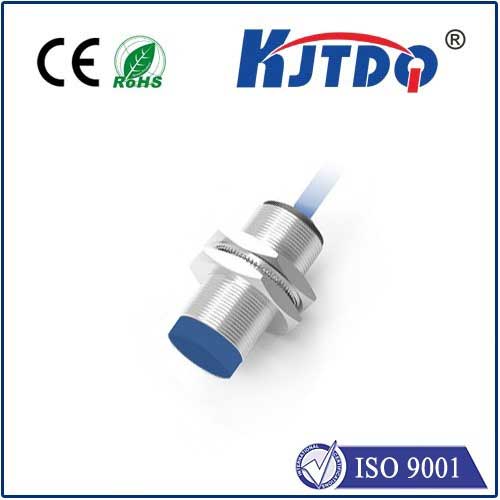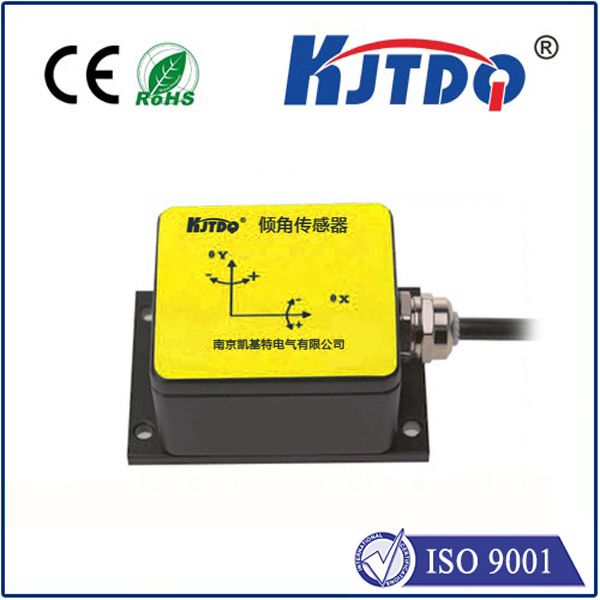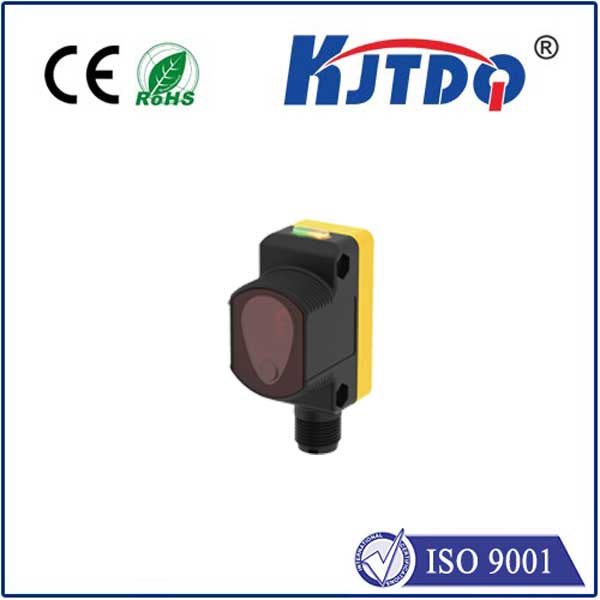BES00P8 proximity sensor
- time:2025-10-16 09:29:59
- Нажмите:0
BES00P8 Proximity Sensor: Precision Detection for Industrial Reliability
Picture this: a robotic arm gracefully maneuvers within millimetres of a critical assembly line component. A massive metal press cycles repeatedly, demanding absolute positional certainty. Deep within a vibrating packaging machine, components must be sensed reliably in a dusty environment. In each scenario, an unseen guardian ensures flawless operation – the proximity sensor. Among these essential components, the BES00P8 inductive proximity sensor emerges as a trusted non-contact detection solution built for demanding industrial applications. Its core mission? To provide reliable, durable, and precise metallic object sensing where consistent performance matters most.
Understanding the Inductive Principle: The Core of BES00P8
At the heart of the BES00P8 beats the principle of inductive sensing. Unlike sensors requiring physical touch, it operates purely through electromagnetic fields. The sensor’s face contains an oscillator generating a high-frequency field. When a ferrous or non-ferrous metal object enters this field, it induces tiny eddy currents on the object’s surface. This interaction dampens the sensor’s oscillation amplitude. Sophisticated internal circuitry continuously monitors this amplitude change. Once the damping reaches a pre-defined threshold, the sensor triggers its electronic switch, signalling the object’s presence or absence.
This non-contact operation is fundamental. It means no mechanical wear and tear on the sensor or the target. It enables incredibly high switching frequencies (responsiveness measured in Hertz), crucial for detecting objects on fast-moving conveyors or in high-speed machinery. Furthermore, it allows sensing through non-metallic materials like plastic, wood, or thin layers of paint or grease (within its specified range), offering installation flexibility.
Built Tough: Why the BES00P8 Excels in Industrial Settings

Industrial environments are notoriously harsh. Fluctuating temperatures, heavy vibration, ambient electromagnetic noise, cutting fluids, dust, and physical impacts are daily realities. The BES00P8 proximity sensor is engineered from the ground up to withstand these challenges:
- Robust Housing: Typically encased in a sturdy nickel-plated brass or stainless-steel housing, offering excellent resistance to mechanical shock, corrosion, and chemical exposure commonly encountered in factories.
- IP67 Protection Rating: This critical rating (Ingress Protection) signifies the sensor is dust-tight and can withstand temporary immersion in water up to 1 meter deep. This makes it suitable for washdown areas found in food & beverage or pharmaceutical lines, or simply surviving wet conditions.
- Temperature Resilience: Designed to maintain stable operation over a wide temperature range (commonly from -25°C to +70°C, though specific variants may differ), ensuring reliability in unheated warehouses or near heat-generating machinery.
- Electrical Stability: Engineered immunity to electromagnetic interference (EMC) prevents false triggering from nearby motors, drives, or welding equipment. Stable performance is maintained even with fluctuations in the supply voltage (e.g., 10-30V DC models).
- Zero Maintenance: With no moving parts and its sealed construction, the BES00P8 is essentially maintenance-free once correctly installed. This translates directly to reduced downtime costs.
Key Specifications and Features: Tailoring the Solution
The BES00P8 typically comes in a compact, cylindrical M12 or M18 threaded barrel format, facilitating easy installation via locknuts. Key specifications defining its performance include:
- Sensing Range (Sn): The rated operating distance, commonly 4mm or 8mm for standard models like the BES00P8. This defines the optimal distance for reliable detection of the specified target material.
- Output Type: Available in PNP (sourcing) or NPN (sinking) transistor outputs (e.g., BES00P8-PSC40B for PNP), allowing seamless integration with diverse PLC (Programmable Logic Controller) input cards or controller systems. Voltage options typically span 10-30V DC.
- Switching Frequency: The maximum speed at which the sensor can reliably detect objects passing by (e.g., measured in Hz). Higher frequencies cater to faster processes.
- Connection: Standard connection options include fixed cables or quick-disconnect M12 plug connectors for easy replacement or service.
- Status Indication: Often features an integrated LED indicator, providing instant visual feedback on the sensor’s state (power-on and switching status), aiding significantly in commissioning and troubleshooting.
Real-World Applications: Where the BES00P8 Makes a Difference
The BES00P8 proximity sensor’s versatility makes it a ubiquitous component across countless automation scenarios requiring non-contact metal detection:
- Position Verification: Ensuring parts are correctly located in fixtures, jigs, or clamps before machining or assembly begins. Confirming cylinder piston rod position.
- End-of-Travel Detection: Safely signalling when moving elements (slides, doors, elevators) have reached their designated limits.
- Object Counting & Monitoring: Tallying products on conveyor lines, detecting presence/absence of components in bulk feed systems or tool holders.
- Speed Monitoring: Serving as a vital input for tachometers monitoring rotational or linear speed.
- Level Control: Detecting metal targets on floats or within tanks to indicate fill levels.
- Machine Safety: Contributing to safety interlocks by confirming guards are closed or hazardous zones are clear before machinery activation.
Optimizing Performance: Installation Best Practices
Maximizing the longevity and accuracy of your BES00P8 proximity sensor involves mindful installation:
- Mounting: Ensure the sensor is securely fastened using the appropriate locknut to prevent movement due to vibration. Avoid over-tightening.
- Sensing Range: Install the sensor so the center point of the target approaches within the specified Sensing Range (Sn). Account for potential machine movement or tolerance stack-ups. Remember, alignment matters.
- Target Material & Size: The sensor’s response is optimized for specific metals. Ensure your target is large enough (typically at least equal to the sensor face diameter) and made of ferrous or non-ferrous metal. Consult datasheets for specific target requirements influencing the effective sensing range.
- Shielding & Clearance: Maintain recommended lateral clearance between the sensor and surrounding metal structures (mounting brackets, machine frames) to prevent interference with the sensing field. Shielded variants offer tighter mounting possibilities but have a shorter range than unshielded types.
- Environmental Protection: Ensure the IP67 rating is maintained by correctly tightening cable glands or M12 connectors. Protect cables from abrasion, kinking, or excessive tension.
Conclusion: A Pillar of Industrial Sensing
While many sensor types exist, the reliability, durability, and non-contact nature of inductive proximity sensors like the BES00P8 make them irreplaceable workhorses in the industrial landscape. By providing consistent and precise detection of metallic objects in challenging conditions without physical wear, they directly contribute to enhanced productivity, reduced maintenance costs, and robust machine safety. Selecting the right variant (PNP/NPN, voltage, connector type) and installing it correctly ensures this critical sensing component performs its

